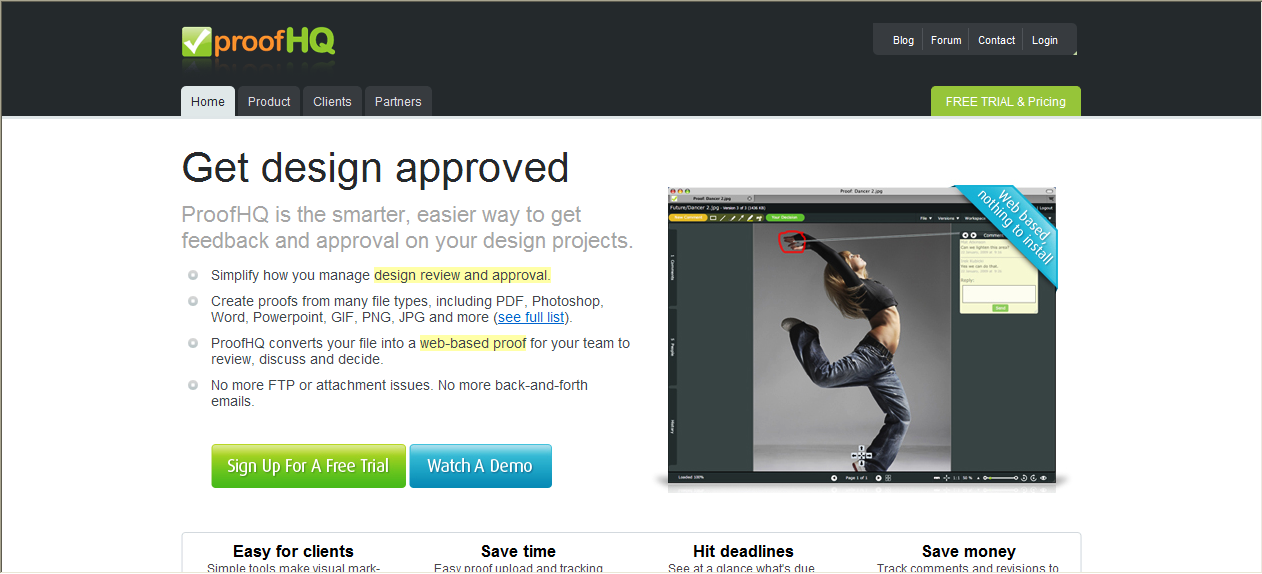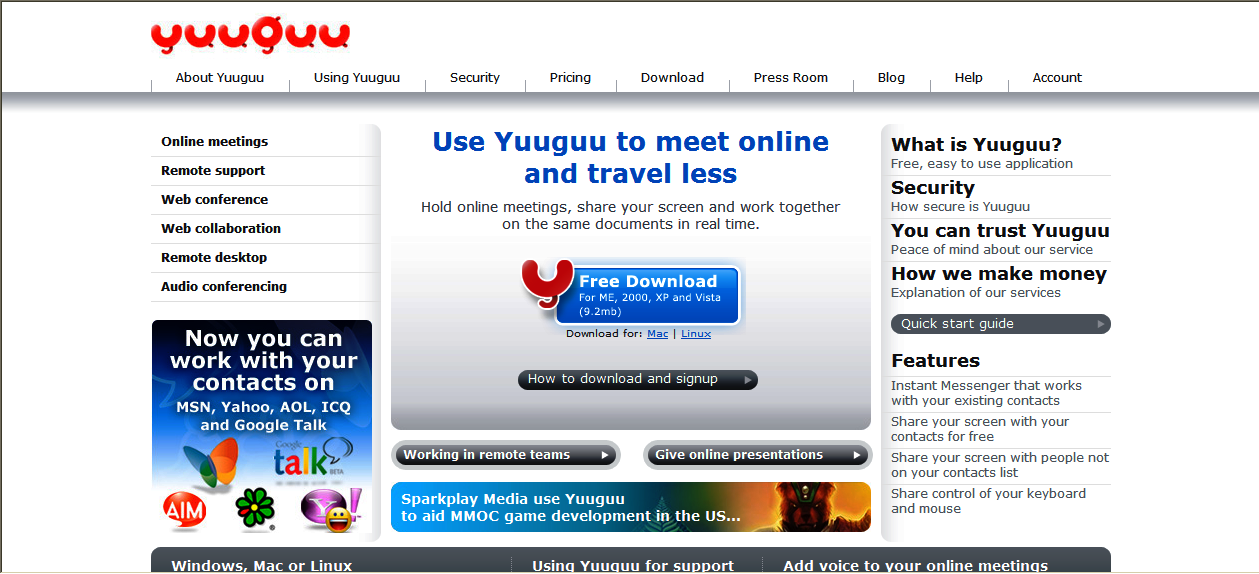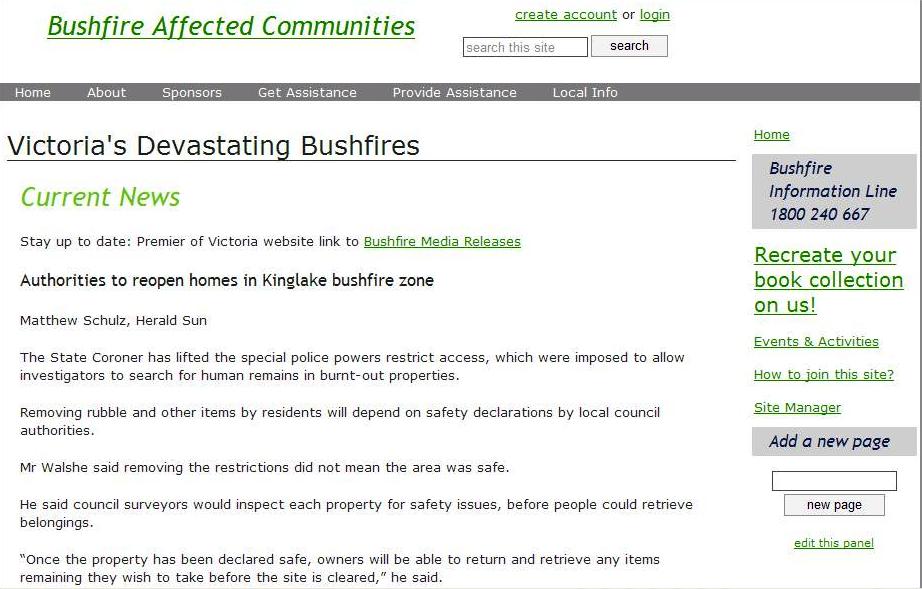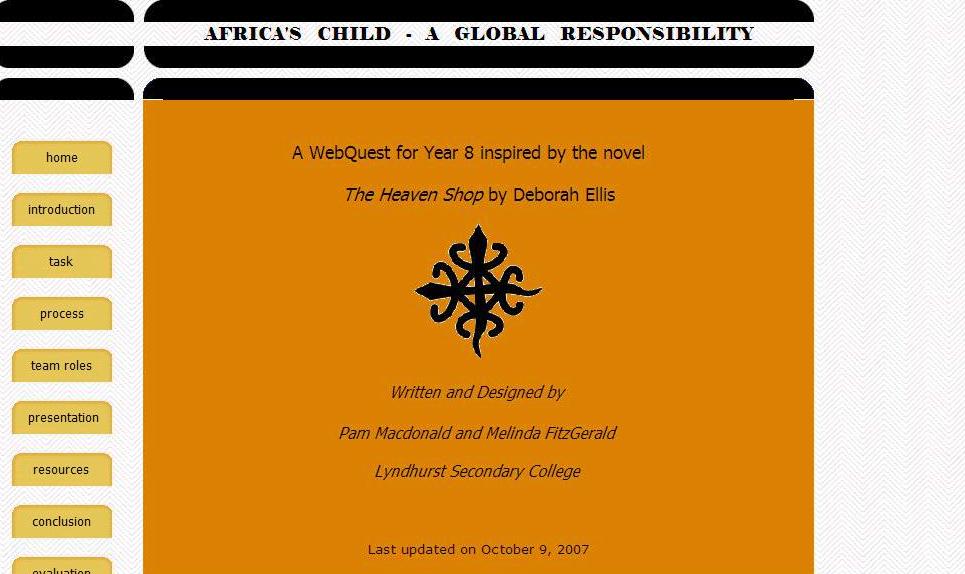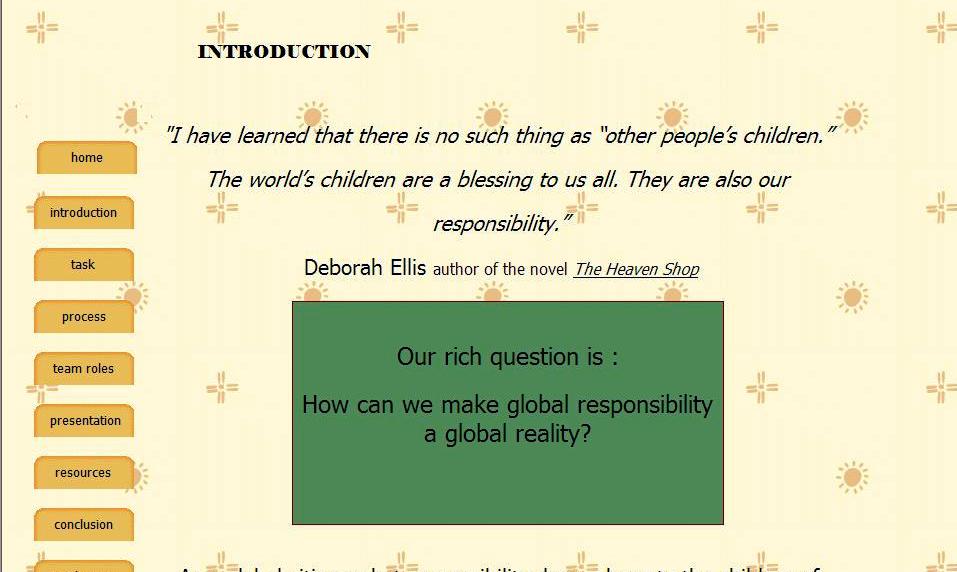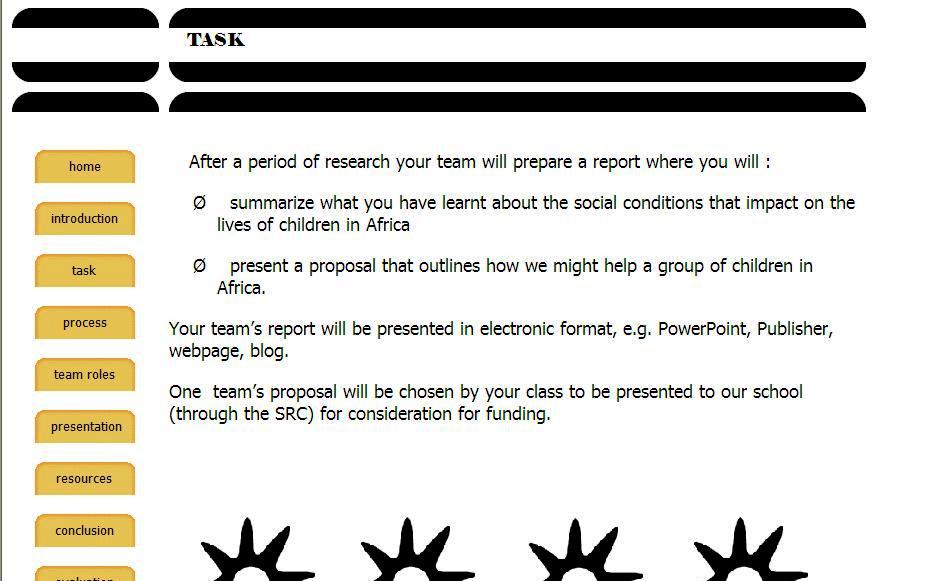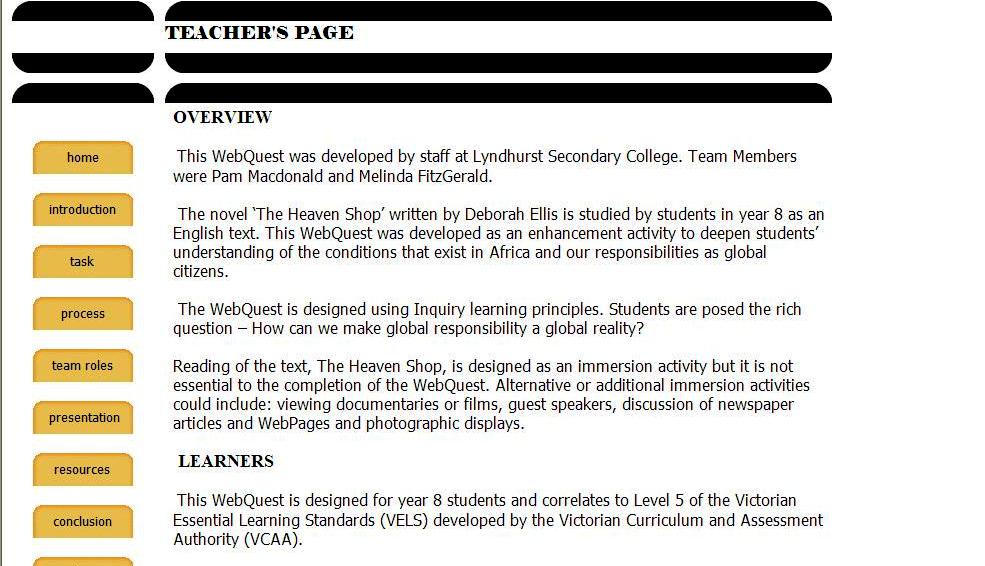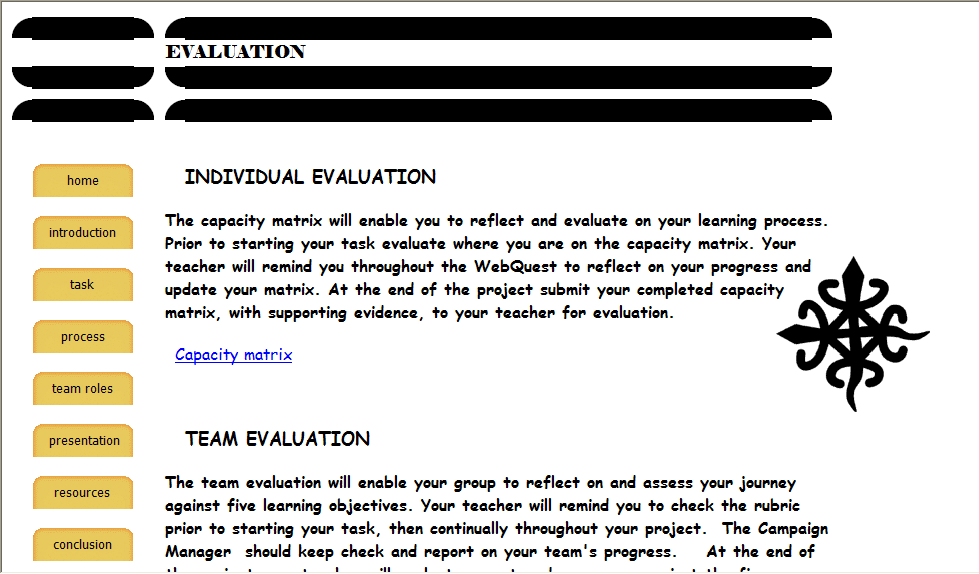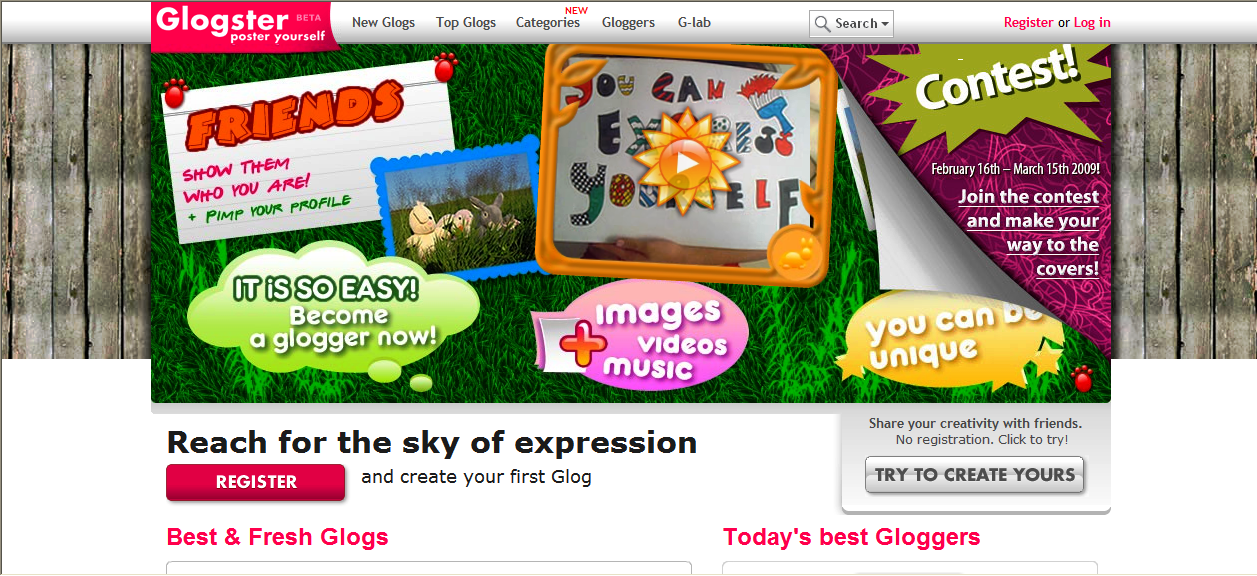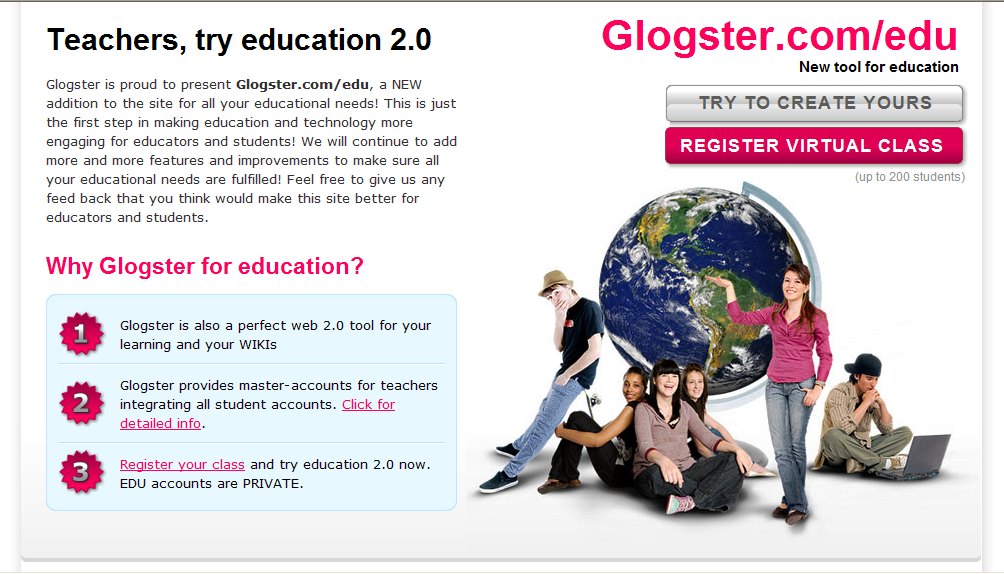ProofHQ is an online proofing software tool. If you produce documents, powerpoints or pictures for school newsletters, school magazines, professional development, staff meetings and the like, and need to have them proof read and/or approved by someone else, then ProofHQ takes the headache out of the proof reading and approval process.
Monthly Archives: March 2009
Yuuguu
Yuuguu is an interesting tool. It is a free (there are premium services that do cost) tool that once downloaded allows PC, Mac and Linux users to share their computer desktops with each other. The free account lets you share your desktop with up to five others at a time, while also sharing control of your keyboard and mouse.
Yuuguu also has a chat function and conference calling (conference calling incurs a small fee). Yuuguu could be a good tool to teach others how to use specific Web 2.0 programs or for country or remote schools to communicate with other schools or regional staff.
Furl becomes part of Diigo
The following information comes from Furl, a Web 2.0 resource that was reviewed by Bright Ideas in 2008.
Dear Furl Users,
The Furl team is very pleased to announce that Furl has become part of Diigo.com. We worked hard to find Furl a home where loyal users like you could continue to benefit from best-of-breed social bookmarking and annotation tools. Hands down, Diigo.com was the winner due to its innovative approach to online research tools and knowledge sharing.
The Diigo team is dedicated to making sure you continue to get top notch features and service. They’ve got a crack team of technologists who love making research and knowledge sharing as easy and efficient as possible. Exporting your data from Furl to Diigo is super easy.
Just follow this link: http://cp20.com/Tracking/t.c?5g68-3P77-Ama792
We feel fortunate to have been able to serve as your social bookmarking site provider and can’t thank you enough for your loyal support over the past four years. We’ll miss you and we wish you the best as part of the Diigo community.
Bushfire update
A Bushfire Affected Communities wiki has now been established by the ALIA Disaster Recovery Project.
On the wiki (amongst other things) is the offer to residents who have lost books are directed to use Library Thing to create their own catalogue of lost reading materials and submit this so that a targeted replacement program can occur.
If people would like to donate books or goods then please send them to:
City of Whittlesea
Civic Centre, East Wing
Ferres Boulevard,
South Morang VIC 2752
Attention: Bushfire Donations
Also, a big thank you to everyone who has helped in their own way. This includes Victorians and people from interstate and overseas. It is heartening to see so many people work together during such a difficult time.
Feature wiki – Buckley Park College
Buckley Park College Librarian and Web 2.0 whizkid Leslie Sharples helped with the introduction of wikis to College staff in the first week of the school year. Pauline Kossis, the Assessment and Reporting Coordinator and Senior Accounting Teacher immediately grabbed the idea of using a wiki with her class and ran with it.
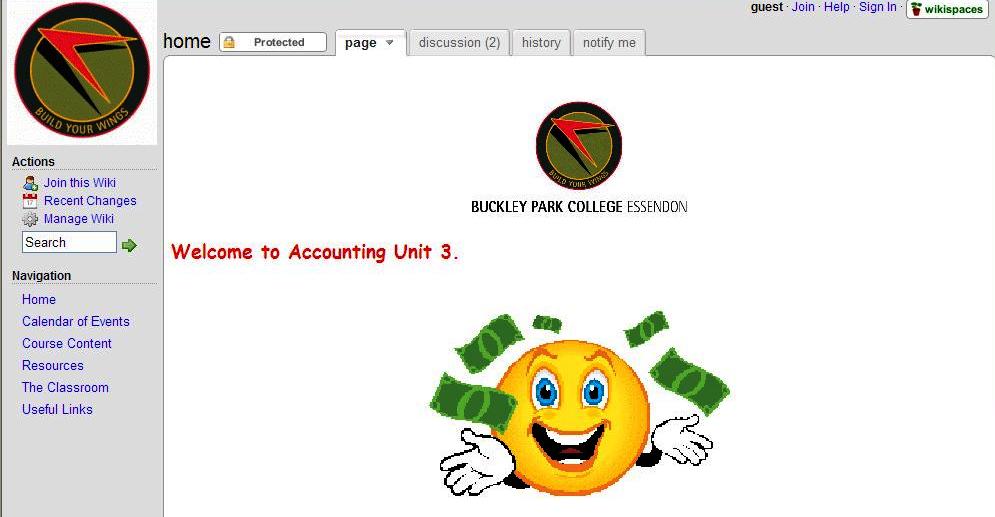
- Accounting homepage
Pauline explains how her wiki came about. ‘I became excited with the thought that wikis could combine all of the features I was looking for as a teacher and for my students to access information and share their knowledge.’
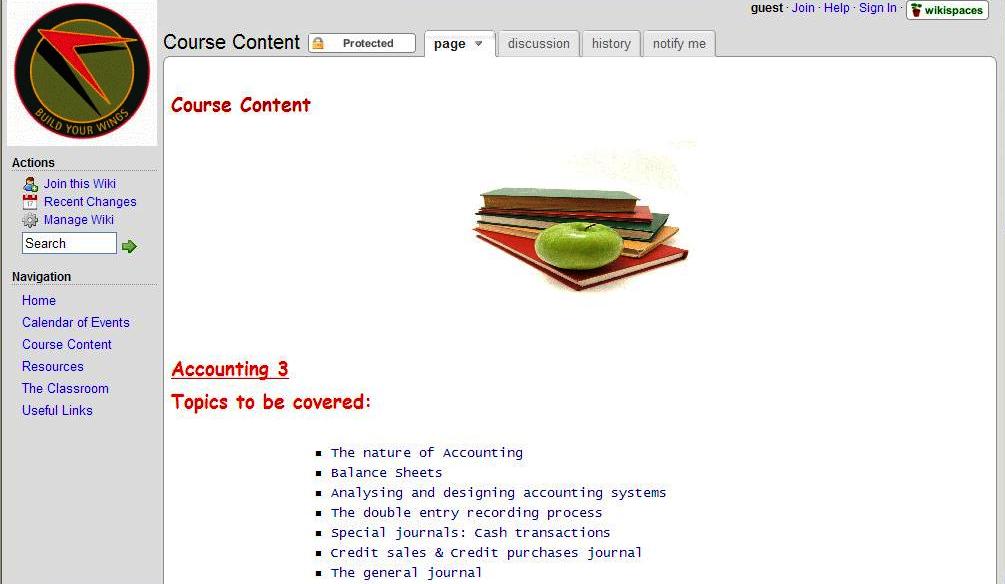
- Course content
She continues,’ Previously I was setting dates and times to be online so I could assist students with their exercises, but this was solely one on one and other students were not privy to the information. While my wiki is a starting point for students to access resources, links and classroom activities 24-7, they can collaboratively explore the various topics covered in Accounting 3. I have just finished inviting my class in and eventually, there will be an inclusion of more resources, eg. vokis to highlight key concepts covered, current articles, PowerPoint presentations, as well as questionnaires to rate their learning experiences(ie.what went well and what topics could be explained further).’
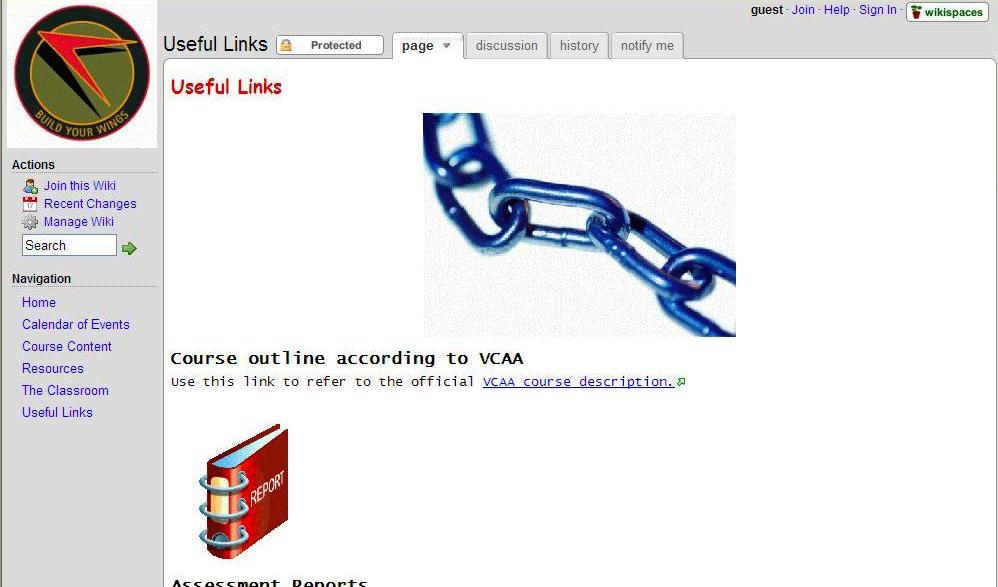
- Links
Pauline says, ‘Students will provide some of the work that will be displayed on the site also e.g. Chapter summaries (these will be used for revision). The same process will be duplicated with all my other classes.’
Leslie Sharples says that Pauline’s wiki is making a real difference to her students. Well done to Leslie for introducing wikis to the staff and to Pauline for her excellent ideas and commitment to developing exciting educational learning for her students.
Australian Awards for Teaching Excellence
The Teaching Australia – Australian Institute for Teaching and School Leadership Limited Australian Awards for Teaching Excellence is now accepting nominations. Categories include:
- Excellence by a Teacher
- Excellence in Teacher Leadership
- Excellence by a Beginning Teacher
- Excellence by a Principal
- Excellence by a Support Staff Member
- Excellence by a School and its Community
Looking at the wonderful contributions featured on Bright Ideas, there are a number of teacher librarians, teachers, librarians and support staff that could apply for these awards. Some of the criteria include:
- A high level of professional knowledge and understanding
- Exemplary professional practice
- Influential professional leadership
Nomination procedures can be accessed here.
Please consider applying for one or more of these awards. Teaching Australia – Australian Institute for Teaching and School Leadership Limited is funded by the Australian Government and the Minister for Education, Employment and Workplace Relations is sole member of the company.
The Commonwealth Government’s Building the Education Revolution Primary Learning Environment
The Commonwealth Government has recently released the guidelines for Primary Schools applying for grants for 21st Century Learning Neighbourhoods, 21st Century Libraries/Learning Resource Centres and 21st Century Multipurpose Centres.
Of note to library staff (whether or not they are eligible for the grant) will be the information on what a 21st Century Library/Learning Resource Centre should offer:
“21st Century Library / Learning Resource Centre
The 21st century library provides a learning resource hub and a central location for storage and coordination of facilities and services for use by the whole school
community. In contrast to the libraries of the industrial era, 21st century libraries can be thought of as places, opportunities and resources for individual and shared investigation for all learning styles.
The library will house the majority of the school’s resources and provide formal and informal spaces for both students and staff.
The library area performs a number of important functions associated with the range of learning and teaching activities to be undertaken at the school. It should be able to house the physical resources of the school, such as books, magazines and maps, as well as offer access to online, electronic, audiovisual and other resources through provision for computer terminals and audiovisual equipment.
It offers flexible teaching spaces that can be used by whole class or smaller groups to undertake learning activities based upon library resources. There are spaces for quiet reading and discussion as well as space for formal lecture and discussion for larger groups of students.
Audio-visual recording and editing facilities, with ‘green screen’ and acoustic separation, an animation zone, computer access, central storage of communal ICT resources and a small presentation space are integral to its design as a ‘high-tech’ digital learning hub. A staff work area, areas and facilities for dynamic displays, displays of books and other learning resources, an adjoining conference room, interview room, collaborative zones, quiet reading and study areas, relaxation zones, including an integrated café style area for senior students, provide spaces for independent learning and social interaction and ensure that it maintains a ‘hightouch’ quality.
The 21st Century Library is a sophisticated learning resource centre for joint school and community use with resources, spaces and programs that can accommodate the needs of people at all stages of the lifespan.”
Also of interest is the information provided on “Embedded, Integrated Information and Communications Technology.
“Communication is the key to building and sustaining a community of learners. Seamless access to information and communications technology (ICT) by students and teachers is essential for contemporary teaching and learning practice. ICT is broadening the scope of how, when and where learning occurs. ICT provides a powerful, integrated set of tools to improve learning, teaching, communication and administration. Effective use of ICT enhances a school’s capacity to:
- Personalise and extend learning
- Support creativity, risk-taking, higher order thinking and problem solving
- Connect learning beyond the school
- Promote self-directed and self-managed learning
- Develop 21st century literacies – digital, technological, visual, collaborative, interactive
- Embrace authentic assessment and ‘assessment for learning’ through presentation software, ePortfolios and online assessment
- Communicate across geographical, cultural and temporal boundaries
- Creatively develop and manage learning and teaching resources
- Efficiently access and store information.”
The full guidelines can be found here and fact sheets can be accessed here. Information on leading practice and design is located here. For specific information on the Victorian implementation of the program, contact your Regional Office or email ber@edumail.vic.gov.au.
Good luck with your application and we would love to follow the process of building some new primary school libraries on Bright Ideas.
More Elluminate resources
As well as being an excellent ‘lecture capture system’, the DEECD’s Elluminate website hosts a number of very interesting presentations that have been saved for access at a later date.
One of these presentations is Steve Hargadon’s Web 2.0 is the future of education. (You must have Elluminate installed, Victorian educators can download this for free from here. Elluminate lite is also available to other schools free for one year; for the free program click here.) This presentation gives a great outline of Web 2.0 in education and why it is necessary for 21st Century learning.
Lyndhurst Secondary College – a Webquest winner!
Africa’s Child is an award winning Webquest that was created by the two Teacher Librarians at Lyndhurst Secondary College.
Pam Macdonald and Melinda FitzGerald explain how their Webquest came about. ‘We had a desire to learn more about Webquests, Web design, and making the Year 8 text, The Heaven Shopby Deborah Ellis, more relevant to an Australian teenager. (We also wanted to win a Smartboard!)’
Pam had been involved in developing a science Webquest previous to this endeavour. Melinda says, ‘The earlier Webquest had been designed using Microsoft FrontPage so a teacher gave us a quick introduction on using FrontPage, the rest was trial and error. Many hours were spent researching African sites, NGO sites, design sites, clip art sites, AIDS sites and the many wonderful sites that explain the theory and design of Webquests.’
Melinda says, ‘We chose the template from the Webquest.org page. A couple of nights were spent selecting a basic FrontPage design and loading it with the wonderful African wallpapers and designs we had found. Unfortunately some of these designs have disappeared from the web pages, people seem at a loss as to how we can fix this.’
Melinda continues, ‘Nicola Park, a Middle Years Teaching Co-ordinator, had been instrumental in the design and implementation of the Year 9 Inquiry Centre and for promoting Inquiry learning across the College. With Nicola’s help we streamlined our rich questions and Teachers pages.’
Some things didn’t go to plan though as Melinda explains, ‘The thing we found most frustrating, was waiting for people to reply to email requests to include sites. Some things we had to drop because we could not get permission to include photos, an author’s link, etc. This actually saw us redesigning some aspects of our quest. Pam did the final touches and got Africa’s Child on the web then entered it in the competition whilst I jetted off to Europe for six weeks. Winning was very exciting and rewarding. Of course the Interactive Whiteboard lives in the library where we both have now developed an interest in building lessons around it.’
Melinda continues, ‘Many Year 8 teachers use Africa’s Childwith varying degrees of success. We have gone over the design to simplify it but we believe it is as simple as it could be without taking away the team aspect of the quest. Students and teachers will over time become more familiar with Webquest formats. Many students may get confused with the many levels of pages but if the teacher familiarises themselves first they can then guide their students through.’
‘One of our aims was for Africa’s Child to become a catalyst for raising global awareness incorporating a major fundraiser for the year – this has not yet happened. The problem, we feel, is timing, The Heaven Shop is not read until fourth term which does not allow for a sustained and ongoing interest to develop.’
Both Melinda and Pam completed the SLAV Web 2.0 course last year. They said that they found it an extremely beneficial PD that allowed them to understand the new designs for Webquests, ones that incorporate Wikis, blogs and other Web 2.0 technologies. They say, ‘We will incorporate these into our next Webquest, although we would be cautious about making the quests too complicated!
Congratulations Melinda and Pam and thanks for your honest assessment of how the Webquest worked with students. Hopefully this wonderful Webquest might inspire Victorian educators to enter the Connect/SLAV Web 2.0 competition.
Glogster
Glogster is a Web 2.0 resource where users can create their own posters. The Glogster website says that you can ‘mix graphics, photos, videos, music and text into slick Glogs.’
Glogster has recently announced Glogster Education, specifically designed with schools in mind.
According to the Education Glogs site:
- Glogster is also a perfect web 2.0 tool for your learning and your wikis
- Glogster provides master-accounts for teachers integrating all student accounts. Click for detailed info.
- Register your class and try education 2.0 now. EDU accounts are PRIVATE.
Here is an example of a student created glog for a school assignment. Students will love the way they can be creative with their glogs and teachers will love the results. Ideas for glogs are:
- Imagine glogs promoting books rather than the good old book review?
- Glogs could also be used in Tech Foods, Design and Technology and Business Studies for marketing products
- Photography and art students could make collages of their work
- SOSE/Humanities classes studying geography could make glogs advertising places to visit.
Glogs can be total multimedia experiences complete with photos, graphics, videos, text and music. This is a promotional video for Glogster, but it does give some idea of how it can be used.
Thanks to Julie Squires of Casey Grammar School for alerting Bright Ideas to Glogster.

